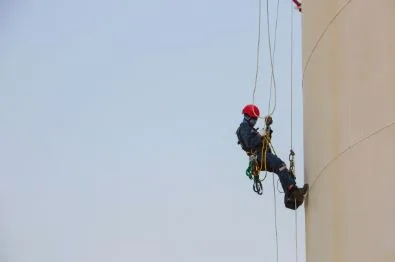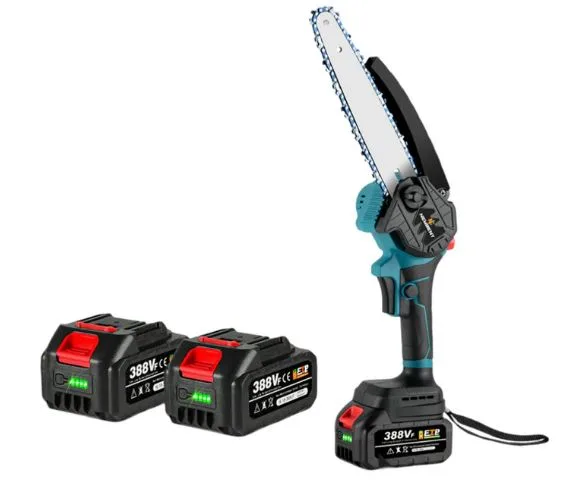What Is the Difference Between SLS and SLM?
Navigating the world of metal 3D printing often leads to a critical decision, and the SLS vs SLM debate is central to it. While both are powerful powder bed fusion technologies that build parts layer-by-layer, the key difference lies in how they treat the raw material—a distinction that impacts everything from part strength to project cost. Understanding this is essential for choosing the right process for your specific application, ensuring you don’t waste time or budget on the wrong technology.
This guide breaks down the core differences, pros, cons, and ideal use cases for each, giving you the clarity to make a confident decision.
What Is SLS (Selective Laser Sintering)?
Selective Laser Sintering (SLS) is an additive manufacturing process where a high-power laser fuses small particles of polymer powder. The laser selectively scans a cross-section of the 3D model onto the surface of a powder bed, heating the material to just below its melting point, causing the particles to bond together.
- Process: The laser sinters the powder, meaning it fuses particles without fully melting them.
- Materials: Primarily used with plastics like Nylon (PA11, PA12), but can also be used with some metal powders for specific applications.
- Key Feature: The unsintered powder in the build chamber acts as a natural support structure, allowing for highly complex geometries and eliminating the need for dedicated, manually removed supports. This is a significant advantage for design freedom.
What Is SLM (Selective Laser Melting)?
Selective Laser Melting (SLM), a form of Direct Metal Laser Sintering (DMLS), is an additive manufacturing process that uses a high-density laser to fully melt and fuse metallic powders. The process is similar to SLS but operates at much higher temperatures.
- Process: The laser fully melts the metal powder, creating a homogenous, fully dense solid layer.
- Materials: Exclusively used with metals, including aluminum, stainless steel, titanium, cobalt chrome, and various superalloys.
- Key Feature: SLM printer produces parts with exceptional mechanical properties, often matching or exceeding those of traditionally manufactured metal parts. However, it typically requires support structures to anchor the part to the build plate and manage thermal stress.
SLS vs. SLM: Side-by-Side Comparison
For a quick overview, this table highlights the fundamental differences between these two 3D printing technologies.
| Feature | Selective Laser Sintering (SLS) | Selective Laser Melting (SLM) |
| Process Mechanism | Sintering (fusing without full melting) | Melting (fully melts powder into a liquid state) |
| Primary Materials | Plastics (Nylon), some metals | Metals & Alloys (Titanium, Steel, Aluminum) |
| Part Density | Porous by nature (can be infiltrated for higher density) | Fully dense (typically >99.5%) |
| Mechanical Strength | Good for prototypes, but generally lower than SLM | Excellent, comparable to wrought or cast metals |
| Surface Finish | Grainy, matte finish | Rougher surface finish often requires post-processing |
| Support Structures | Not required; unsintered powder provides support | Required to prevent warping and anchor the part |
| Post-Processing | Depowdering, media blasting | Support removal, heat treatment, surface finishing |
| Cost Considerations | Generally lower cost for machine, materials, and operation | Higher initial investment and operational costs |
In-Depth Differences Explained
Material Processing & Temperature
The core of the SLS vs SLM distinction is the thermal process. SLS heats powders to a sintering temperature, creating a bond on a molecular level.
SLM, on the other hand, utilizes a much more powerful laser to elevate the material temperature past its melting point. This complete phase change from solid to liquid and back creates a fully consolidated part. This is why SLM is almost exclusively a metal 3D printing technology, as the process is optimized for the high energy required to melt metals.
Mechanical Properties and Part Performance
The difference in processing directly affects the final part’s performance.
Because SLS parts are sintered, they inherently contain tiny air gaps, or porosity. This results in lower density and reduced strength compared to a fully melted part. For functional prototypes or plastic parts, this is perfectly acceptable.
SLM parts are dense and robust. From my experience with aerospace clients, SLM is the go-to for creating flight-certified components where maximum strength and zero porosity are non-negotiable.
Support Structures & Design Freedom
This is a major win for SLS. The surrounding, unsintered powder acts as a bed of support, meaning you can design incredibly complex, interlocking parts or internal channels without worrying about adding and removing supports.
SLM parts, however, are prone to warping from thermal stress. Support structures are essential to anchor the part to the build plate and act as heat sinks. Removing these supports adds a significant post-processing step and can limit design complexity.
Pros and Cons of SLS and SLM
SLS Advantages
- Design Freedom: No need for support structures allows for complex geometries.
- Faster Build Times: Generally faster cycle times than SLM.
- Lower Cost: More affordable machines and materials.
SLS Disadvantages
- Lower Strength: Not suitable for high-stress mechanical parts.
- Porosity: Parts are inherently porous unless post-processed.
- Limited Materials: Primarily focused on plastics.
SLM Advantages
- Superior Strength: Creates strong, fully dense metal parts.
- High-Performance Materials: Works with advanced metals and superalloys.
- End-Use Parts: Capable of producing production-grade components.
SLM Disadvantages
- Requires Supports: Adds cost, time, and design constraints.
- Higher Cost: Expensive machinery, materials, and post-processing.
- Rough Surface Finish: Almost always requires secondary machining for a smooth surface.
Common Applications & Industry Use Cases
SLS Applications
SLS shines in rapid prototyping, creating functional plastic parts, and producing complex designs like jigs, fixtures, and enclosures. I’ve seen it used countless times to create custom drone bodies and housings for consumer electronics before committing to expensive injection molding tools.
- Functional prototypes
- Complex, low-volume plastic parts
- Medical models
- Jigs and fixtures
SLM Applications
SLM is the champion for mission-critical, high-performance metal parts. Its applications are found in the most demanding industries.
- Aerospace: Lightweight brackets, turbine blades, and fuel nozzles.
- Medical: Custom orthopedic implants (e.g., titanium hip cups, spinal cages) that are biocompatible and strong.
- Automotive: High-performance engine components and custom tooling.
- Tooling: Conformal cooling channels in injection mold inserts.
Conclusion: Which Is Right for Your Project?
The choice in the SLS vs SLM debate comes down to your material needs and application goals.
- Choose SLS if your project requires functional plastic prototypes, complex geometries without the hassle of supports, or when cost-effectiveness is a primary driver.
- Choose SLM when you need a metal part with maximum strength, density, and performance for a demanding, end-use application like in aerospace, medical, or automotive industries.



